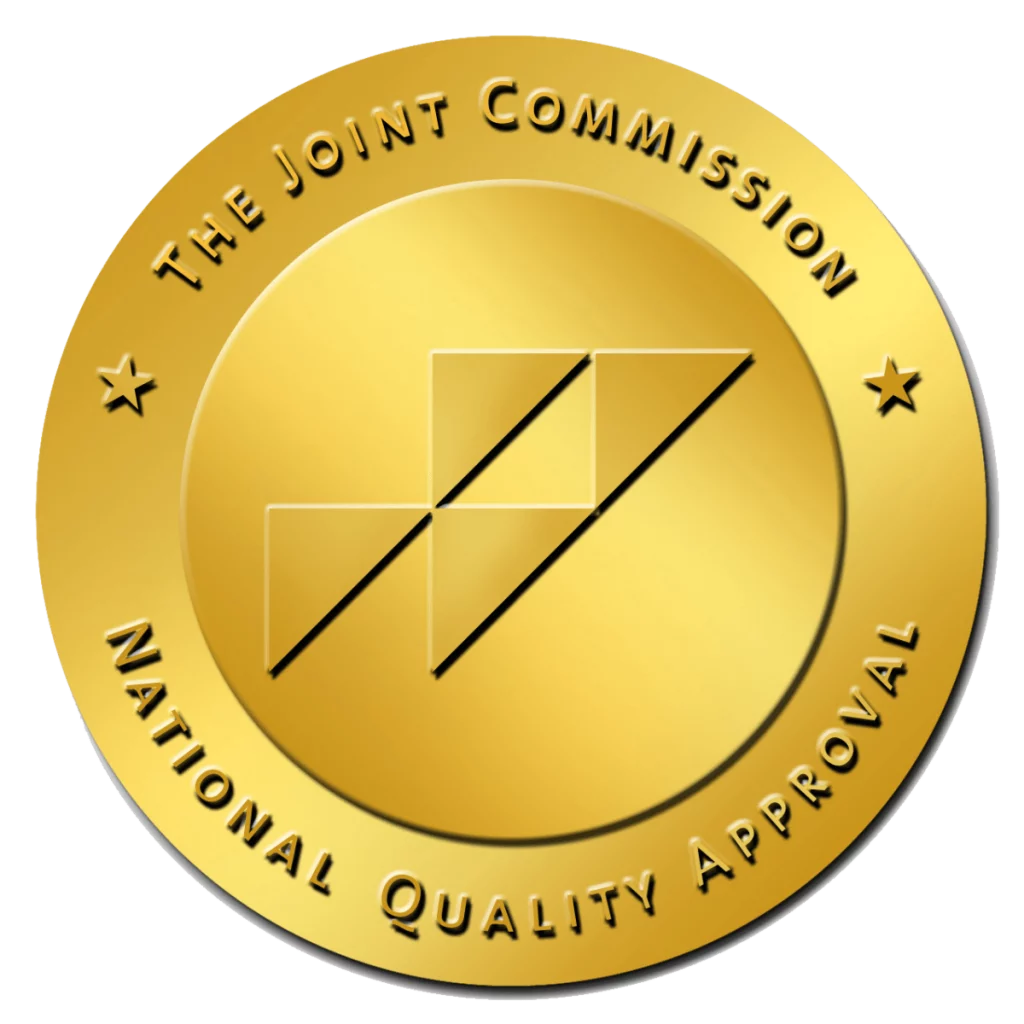Happy one day, grouchy the next. I must be bipolar, we joke. But bipolar disorder, formerly known as manic depression, is no joke.
Mood swings now and then are natural, as it’s natural to have different energy levels from day to day. Life ebbs and flows, and we ebb and flow with it. But mood swings become a problem when they start to interfere with your ability to get your work done, to be in healthy relationships, and to feel an underlying contentment with life.
Someone with bipolar can experience moods that swing from euphoria to crippling sadness and lethargy. The euphoric, or manic, state can be characterized by hyperactivity, delusions, and overexcitement. The depressed state can become so severe that the person may become suicidal. In some cases, people with bipolar disorder experience mixed states, feeling both extreme sadness and high energy, overactivity, and racing thoughts and speech.
Treatment of bipolar is notoriously tricky: medication helps, but people with bipolar tend to neglect their medication because they feel, especially in a manic state, that they don’t need it or that it will hurt them. Successful treatment of bipolar disorder requires proper diagnosis, thoughtful approaches to medication, individual and group therapy, and healthy self-care practices.
Types of Bipolar Disorder
As outlined by the National Alliance on Mental Illness, there are four different types of bipolar disorder.
- Bipolar I Disorder – diagnosed when people experience one or manic episodes that last at least seven days or require hospitalization; a depressive episode is not necessary for diagnosis, although most people with bipolar 1 will experience both mania and depression
- Bipolar II Disorder – diagnosed when people shift between depressive and hypomanic episodes but do not experience a “full” manic episode (hypomania is a milder form of mania that does not include psychotic episodes)
- Cyclothymic Disorder (Cyclothymia) – diagnosed when people experience a “chronically unstable mood state” for at least two years; people with this diagnosis may experience normal moods between the hypomania and mild depressive states, but these last less than eight weeks
- Bipolar Disorder, “other specified” and “unspecified” – diagnosed when a person does not meet criteria for bipolar I, II or cyclothymia but still experiences times of “clinically significant abnormal mood elevation”
What Bipolar Looks Like
How can you tell the difference between bipolar disorder and other disorders, like borderline personality disorder, ADHD, or schizophrenia? Why is just one state of mania enough to lead to a diagnosis? What’s the difference between mania and regular excitement? Why isn’t depression required for a diagnosis?
Because of questions like these, bipolar disorder is difficult to diagnose (it can take years after an initial mood episode for a diagnosis to be reached) and is often (in up to 40% of people) misdiagnosed. But generally, some signs that you or a loved one might be dealing with bipolar disorder include the following.
Signs of a manic episode:
- Extreme excitement or irritability lasting at last one week
- Decreased need for sleep
- Faster speech, with quick changed between ideas or topics
- Easily distracted
- Increased activity and restlessness
- Increased risky behavior, which can include spending sprees and reckless driving
- Hallucinations, delusions, false beliefs, disorganized thinking
Signs of a depressive episode:
- Intense sadness or despair that lasts at least two weeks
- Feelings of worthlessness or guilt
- Fatigue, along with more or less sleep than usual
- Changes in appetite
- Loss of interest in activities
- Minor decisions feel overwhelming
- Frequent thoughts of death or suicide
Experiencing some or all of these symptoms may indicate bipolar disorder or a similar mood disorder. Either way, professional help is required to assess the symptoms and approach possible treatment options.
Treatment for Bipolar Disorder
Seeing a loved one experience a manic episode can be frightening, especially if it leads to delusional thinking and other psychotic symptoms. But help is available, and treatment can work. At Raleigh Oaks Behavioral Health in Garner, North Carolina, we treat adults and seniors experiencing mental health issues such as bipolar disorder. With a combination of medication and therapy, we help our clients stabilize and learn the skills they’ll need to manage their illness going forward.
If you or a loved one struggles with bipolar disorder, know that you are not alone. Many, many people have learned to successfully manage bipolar and lead happy, fulfilling lives.






